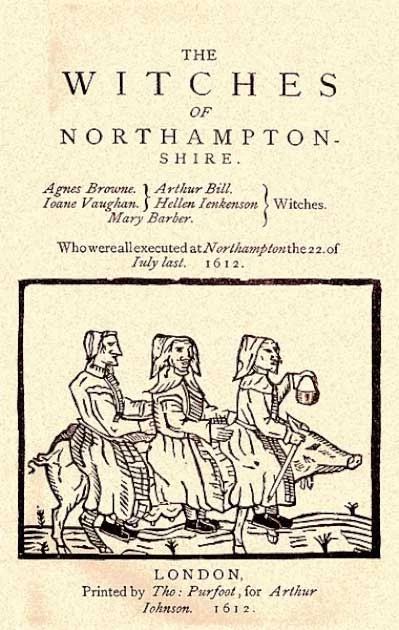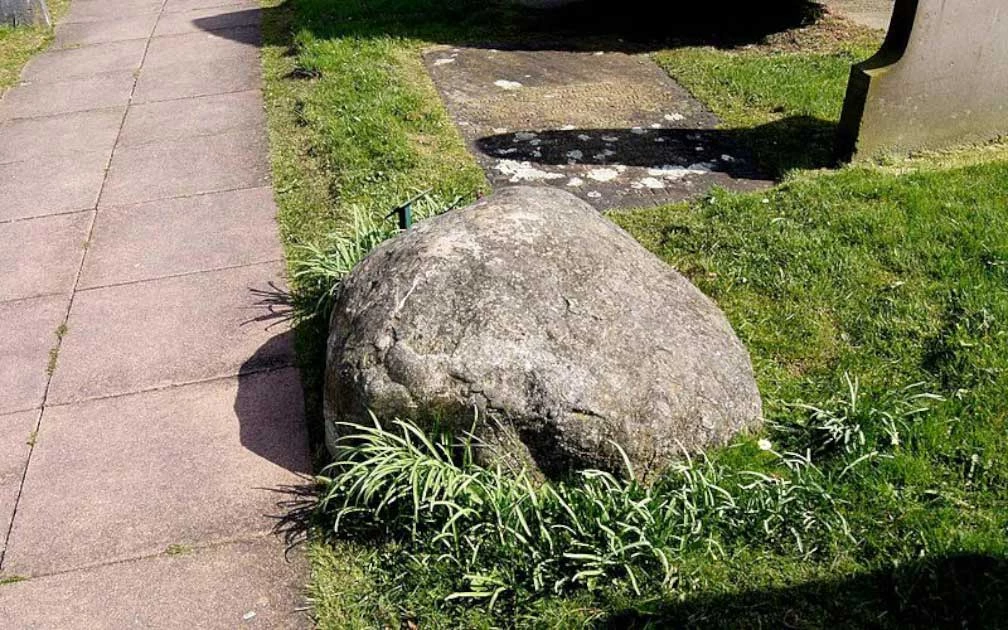In the 17th century, people were taken over by the tales of witches and supernatural beings and saw many women as evil witches. Whatever went wrong within a community and in society was often blamed on these women, and they were demonized for it.
The tale did not stop at labelling them as witches. Society at that time went on to publicly persecute and kill these women. These events were called the Witch Trials. These happened all over Europe and other areas of the world.
While the Salem trials in the Americas are still very famous historically, the witch trials of the British Isles were also very grisly and brutal. There were many incidents in England and Scotland that killed many women simply by portraying them as witches.
Witch Trials
In fact, in Britain, the incidents of Witch trials happened far before the Witch trials of Salem. Executions and acts of heresy went on even in the 16th century. According to the laws of Britain, witchcraft was outlawed with the Witchcraft Act of 1542.
The act of killing witches came through in 1563 when the laws declared that witches should be given the death penalty. Satanism was so rampant, and the Church was so threatened that even making a pact with the Devil was punishable by the death penalty.
During the 17th century, even Britain was hunting witches actively. With the rise of Puritanism in the UK, the killing and humiliation of alleged witches increased in Britain. In fact, towards mid 17th century, these acts of barbarism towards a certain section of the population reached their peak.
One of the major and early witch trials which set the scene for this literal witch hunt happened towards the end of the 16th century, and was known as the North Berwick Witch Trial. The North Berwick Witch Trial happened in East Lothian, Scotland.
- “Thou Shalt Not Suffer a Witch to Live”: The Witch-Cult Hypothesis
- The Salem Witch Trials and Ergot: Mushroom Madness?
The impetus for these trials, however, came across from the channel from Denmark. It was at this time that the entire continent of Europe was gripped with the fearsome tales of evil witches, and people were out to kill them.
King James VI of Scotland was en-route to Denmark to marry his wife, a Danish princess. Not yet King James I of England, the king and his young bride had to return after their wedding to Scotland, and along the way they had to stop on the coast of Norway because of a storm.

After the storm passed, it was rumored that it had been raised through occult spells cast against the king by witches. Trials were held in Copenhagen, and two women were tried and killed as witches. The Copenhagen trials had a powerful influence on King James VI, and he went on to set up a witch tribunal that rooted out witchcraft in his own kingdom.
Under the rule of King James VI, the tribunal caught and killed around 100 women who were accused of occult practices and witchcraft. The Scotland trials went on for more than two years, and many innocent women were killed. The accused were tortured and publicly humiliated.
Under torture, many of the accused admitted to practicing witchcraft. Many admitted to making a pact with the Devil and also using witch powers to change the weather, and even conspiracy to sink the king’s ship.
The North Berwick trials saw the king appear in person to interrogate people who were accused of witchcraft. He played the role of a barrister to put these witches to death. One of the women who were interrogated and put to death was Agnes Sampson, a healer who was also known as the Wise Wife of Keith. The first bouts of witch trials kicked off a number of trials that lasted for decades, from 1590 – 1662.
As many as 1,500 people were killed as a result of these trials, accused of witchcraft in Scotland and eventually across Britain. Even though so many people, mostly women, were killed and burnt at stake, it was believed that James was a just king who depended on actual evidence and proof before giving the death penalty.
He also let many of the accused go since there was not enough evidence that they were indeed practicing witchcraft and demonic magic. Doesn’t really excuse the ones who were found guilty and killed, but there you go.
- The Book of Shadows: Is There a Secret Witches’ Spellbook?
- Malleus Maleficarum – Witch Hunters’ Handbook
One of the biggest trials of witches happened in Northamptonshire in 1612, where five men and women were condemned. The trial triggered more witch trials at Pendle, Lancashire. The trial was important because it showed a shift in the British attitude towards witches and saw the first changes which would lead to these attacks being halted.
Most horrible however was what happened to the last witch in Britain. This is the story of the Woodplumpton Witch, and what happened to her.
The Woodplumpton Witch: Dead or Alive?
The last reported death of a British witch was the case of the Woodplumpton Witch. The Witch of Woodplumpton was named Meg Shelton, a 17th-century British woman. Her burial ground is in the Church of St. Annes, an 11th-century church in Preston.

Her headstone is just a large boulder, and a sign shows that it is the Witch’s Grave, noting her burial date of 1705. Meg Shelton was accused of having shape-shifting abilities and occult power, and had also been given the name of Flyde Witch.
She did not really belong to Woodplumpton community but to another town, Catforth, which probably contributed to her alienation from her neighbors. She used to steal from the local farmers, and this made her notorious and a wanted criminal.
Her death, however, was particularly cruel and occurred separately from her trial. Trapped between a barrel and a wall, she was crushed to death and then given burial St. Annes Church.
However, this was not the end of the Woodplumpton Witch. She was said to have come back to life in her tomb, and dug herself out on two separate occasions.
At last, to prevent the zombie witch from terrorizing the locals she was buried face first at midnight, and a large boulder was placed on top of her grave so that she could not escape a third time.
However, some people believe that Meg was able to escape and still lives in Woodplumpton near the Church. It is said that she hides out in the nearby woods, haunting them to this day.
Top Image: A boulder was placed over the grave of the Woodplumpton Witch to stop her coming back to life, but some say she has escaped. Source: Sorapop / Adobe Stock.
By Bipin Dimri